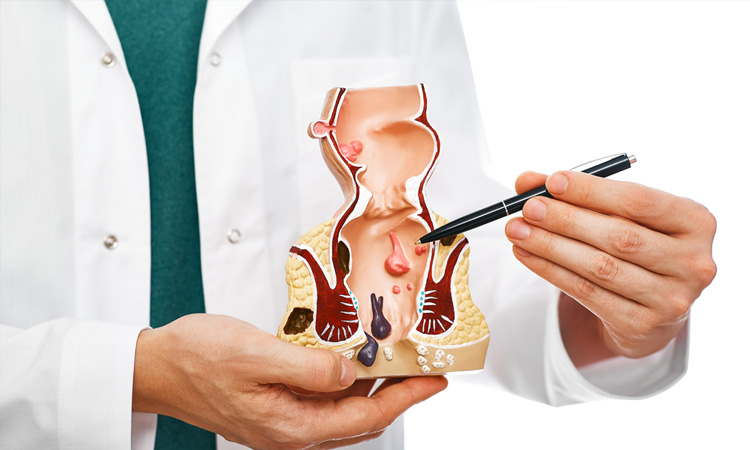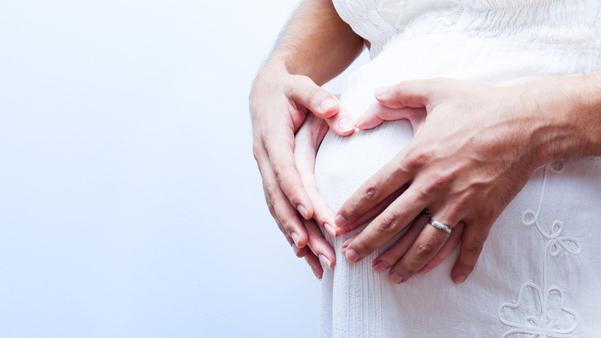
An Ayurvedic Perspective on Anal Fissures (Parikartika): A Comprehensive Review with Classical References
Abstract
Anal fissures, known as "Parikartika" in Ayurveda, are painful linear tears or cracks in the anal region. This condition, characterized by severe pain and bleeding, is commonly associated with chronic constipation or diarrhea in both Ayurveda and modern medicine. Ayurvedic texts offer unique insights into the etiology, pathogenesis, and treatment of Parikartika, emphasizing the balance of Doshas (Vata, Pitta, and Kapha), Agni (digestive fire), and Mala (excretory wastes). This article presents a detailed review of Parikartika from an Ayurvedic perspective, highlighting the treatment modalities described in classical texts such as Charaka Samhita, Sushruta Samhita, and Ashtanga Hridaya.
Introduction
Anal fissures are a common anorectal disorder affecting individuals of all ages. In Ayurveda, Parikartika is closely linked to the vitiation of Vata and Pitta Doshas, particularly in the Guda (anal) region. The condition can result from a variety of factors, including improper diet (Ahara), lifestyle (Vihara), and the imbalance of Doshas. Ayurvedic principles offer a holistic understanding of both the prevention and treatment of Parikartika, providing a framework for effective management that addresses the root cause of the condition.
Ayurvedic Concept of Parikartika (Anal Fissures)
Parikartika is mentioned in classical Ayurvedic texts under various contexts, such as complications of Virechana (therapeutic purgation), Basti (enema therapy), and as a symptom of chronic constipation. It is described as a condition causing "kartana" (cutting-type pain) in the Guda (anus).
Definition and Symptomatology
The term "Parikartika" is derived from the Sanskrit root "Kartanam," meaning cutting or tearing, which perfectly describes the sharp, knife-like pain experienced by the patient during defecation. The condition is usually associated with Vata and Pitta imbalance and presents with symptoms such as:
- Severe burning pain during and after defecation
- Bleeding per rectum
- Hard, dry stools (constipation) or excessive looseness (diarrhea)
- Spasms of the anal sphincter
Sushruta Samhita describes the condition in detail:
“वातपित्तकफप्रकोपाज्जायते शूलं सन्ध्योः परिकर्तिका।”
(Sushruta Samhita, Nidanasthana 5/26)
Parikartika is a condition caused by the vitiation of Vata and Pitta Doshas, producing severe cutting pain around the anus.
Etiopathogenesis (Samprapti)
According to Ayurveda, Parikartika primarily involves the vitiation of Vata and Pitta Doshas. When Vata becomes aggravated due to improper diet or lifestyle, it causes dryness and hardening of stools, leading to constipation. The strain exerted during defecation tears the delicate lining of the Guda, resulting in fissures. Simultaneously, aggravated Pitta causes inflammation and a burning sensation, further complicating the condition.
Sushruta categorizes Parikartika based on its Dosha involvement:
- Vataja Parikartika: Characterized by severe pain and dry, hard stools.
- Pittaja Parikartika: Presents with burning pain and inflammation, often accompanied by bleeding.
- Kaphaja Parikartika: This is rare and involves itching and mucoid discharge.
Management of Parikartika in Ayurveda
The treatment of Parikartika in Ayurveda involves the use of internal medications, external therapies, and lifestyle modifications to balance the Doshas, promote healing, and prevent recurrence. The following are the primary Ayurvedic approaches:
1. Snehana (Oleation Therapy)
External and internal oleation is a key treatment for Parikartika. It helps to soften the stools, lubricate the Guda, and soothe the irritated tissues.
“स्नेहाद्वैता च विष्टम्भे, वातं हन्ति स्नेहान्नियतः।”
(Charaka Samhita, Siddhisthana 7/15)
The application of Sneha (oil) is highly beneficial in relieving the stiffness and pain caused by aggravated Vata.
- Internal Oleation: Ghee (clarified butter), sesame oil, or medicated oils like Eranda Taila (castor oil) are commonly prescribed to pacify Vata and soften the stools.
- External Application: Local application of Jatyadi Taila, a medicated oil mentioned in classical texts, promotes wound healing and reduces pain and inflammation in Parikartika.
2. Mridu Virechana (Mild Purgation)
Ayurveda suggests mild purgation (Mridu Virechana) to relieve constipation, which is often the underlying cause of Parikartika.
“वास्तविकं वातकफं हन्ति विरेचनेन।”
(Charaka Samhita, Chikitsasthana 7/39)
Virechana helps in pacifying aggravated Vata and Pitta, which is essential in managing Parikartika.
3. Lepa (Medicated Pastes)
Application of soothing and healing lepas (herbal pastes) around the anal region can promote the healing of fissures.
- Haridra (Turmeric) Lepa: Turmeric, known for its anti-inflammatory properties, is often applied as a paste to reduce inflammation and facilitate healing.
- Shatadhauta Ghrita: This special formulation of ghee washed 100 times is used to heal fissures and alleviate pain.
4. Kshar Sutra Therapy
In cases of chronic Parikartika, Kshar Sutra (medicated thread) therapy, typically used for hemorrhoids, can be employed. This procedure helps cut and heal the fissure without causing excessive bleeding or trauma.
“क्षारसूत्रं च भवति गुडापाकः।”
(Sushruta Samhita, Chikitsasthana 6/3)
Kshar Sutra is beneficial in promoting healing and reducing the recurrence of anal fissures.
5. Raktamokshana (Bloodletting)
Ayurveda considers bloodletting (Raktamokshana) an effective treatment for conditions associated with Pitta dosha, like Parikartika. This method helps to release the excess heat and inflammation in the area.
“रक्तवृद्धिं शमयति रक्तमोक्षणं।”
(Sushruta Samhita, Sutrasthana 13/20)
Raktamokshana alleviates the increased Pitta and inflammation in the body.
6. Dietary and Lifestyle Modifications
High Fiber Diet: Ayurveda emphasizes the importance of a diet rich in fiber to soften stools and avoid straining. Foods such as whole grains, fresh fruits, and vegetables are recommended.
Hydration: Drinking warm water throughout the day helps in improving digestion and preventing constipation.
Avoiding Spicy and Oily Foods: Spicy and greasy foods aggravate Pitta, which can worsen inflammation and discomfort in Parikartika.
Discussion
Ayurvedic management of Parikartika focuses on balancing the Doshas, relieving constipation, and promoting wound healing through natural means. The therapies are gentle and aim at treating the root cause rather than just symptomatic relief. This holistic approach not only cures the fissures but also prevents recurrence by strengthening digestive health and normalizing bowel movements.
Conclusion
Parikartika or anal fissures can be effectively managed using Ayurvedic principles and therapies. The combination of dietary adjustments, internal medications, external applications, and therapeutic interventions like Kshar Sutra and Raktamokshana offers a comprehensive treatment plan. By addressing the underlying causes, Ayurveda helps restore the balance of Doshas and promotes long-term healing.
References
- Charaka Samhita, Chikitsa Sthana, Varanasi: Chaukhambha Orientalia, 2021.
- Sushruta Samhita, Nidana Sthana, Varanasi: Chaukhambha Surbharti Prakashan, 2020.
- Ashtanga Hridaya, Sutrasthana, Varanasi: Chaukhambha Krishnadas Academy, 2019.








